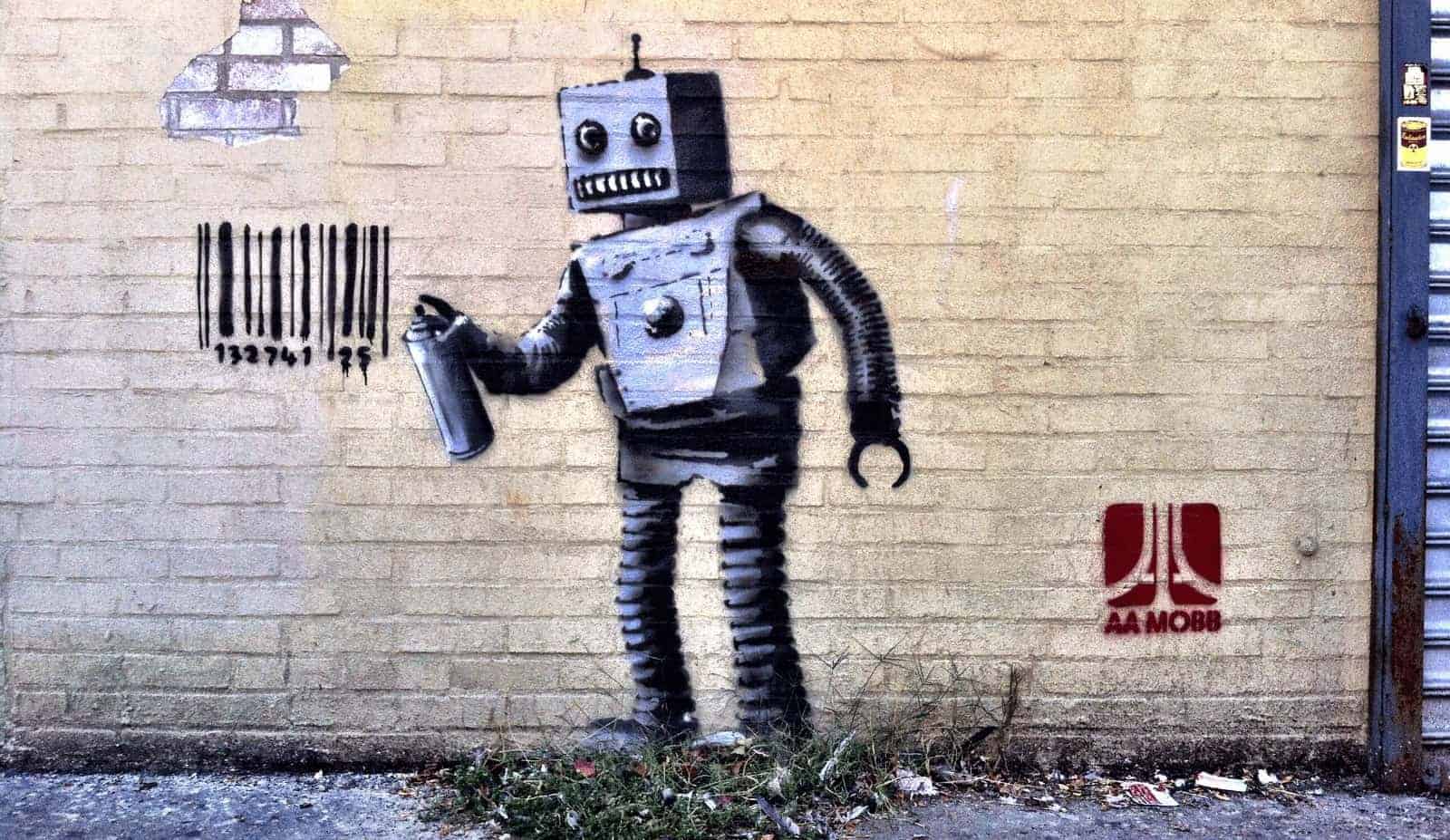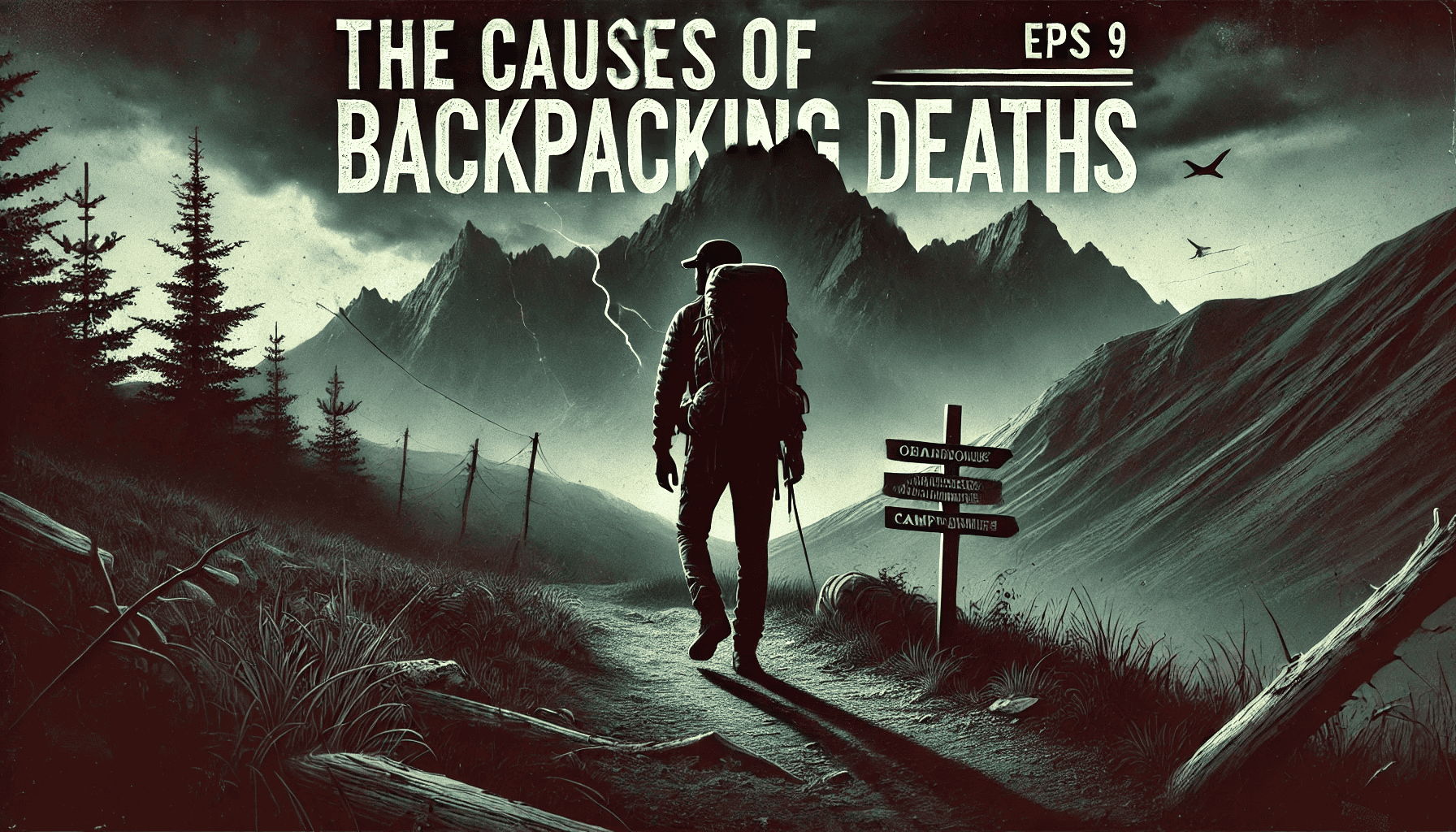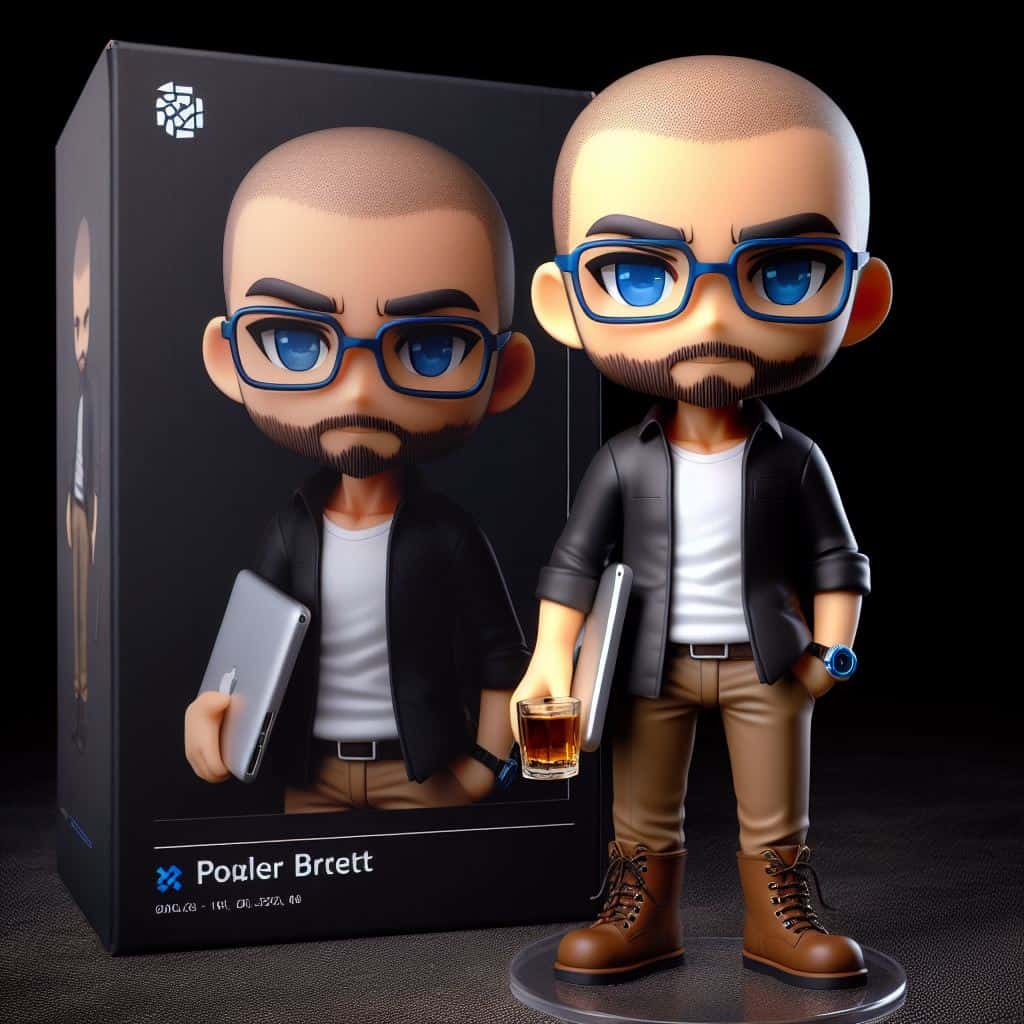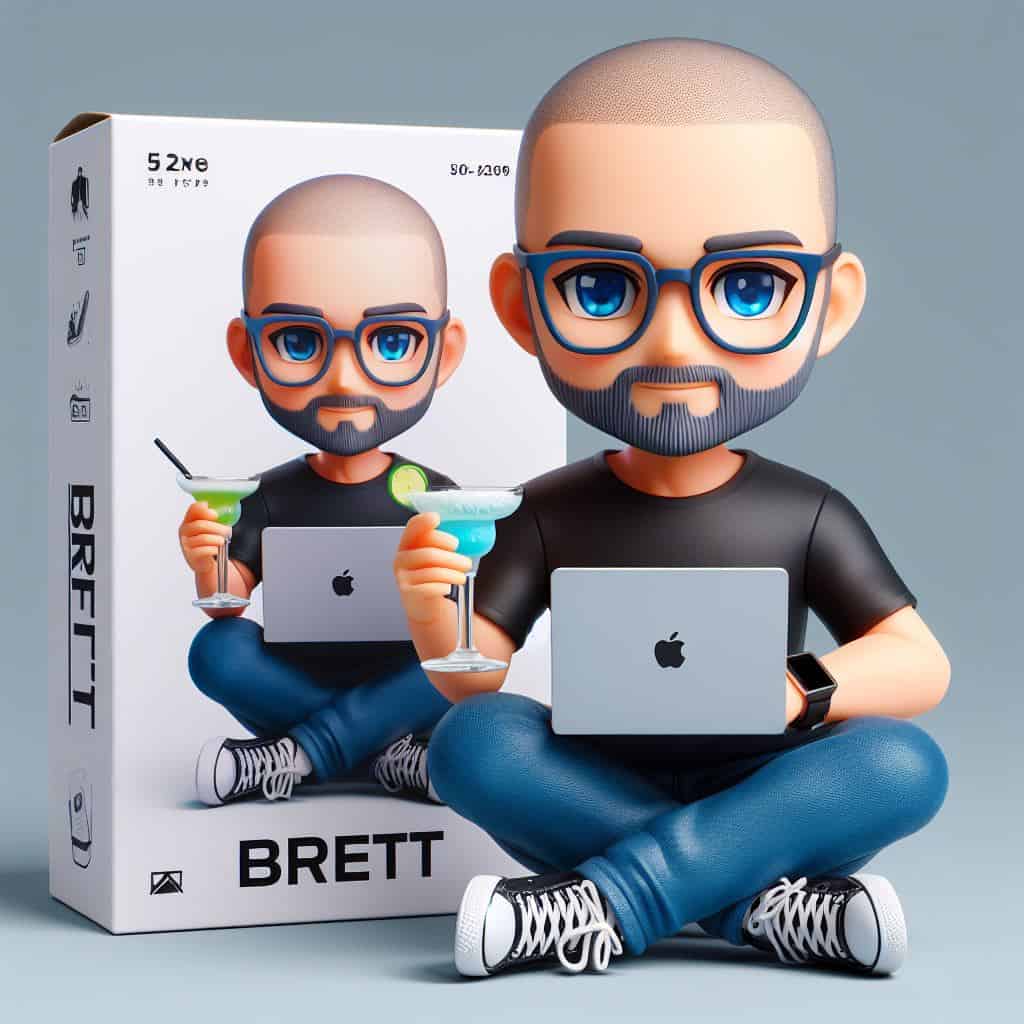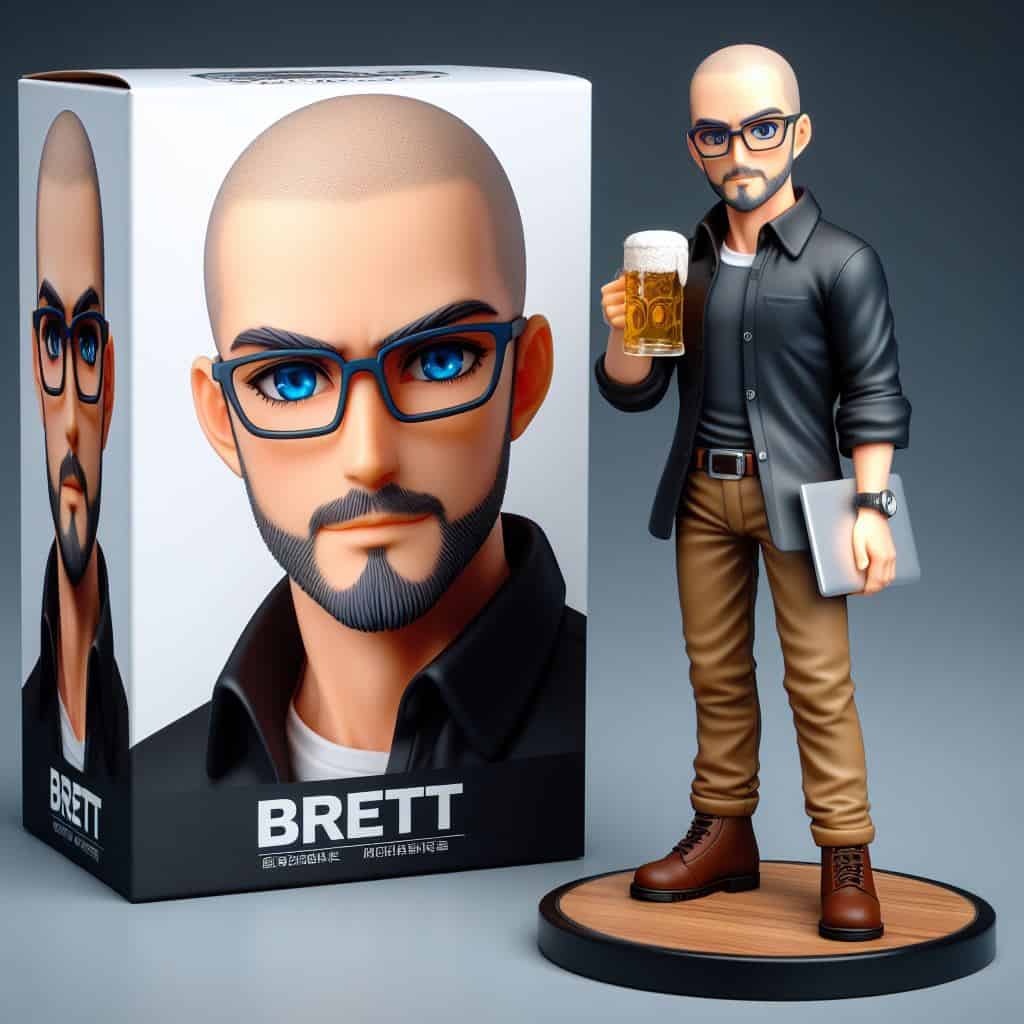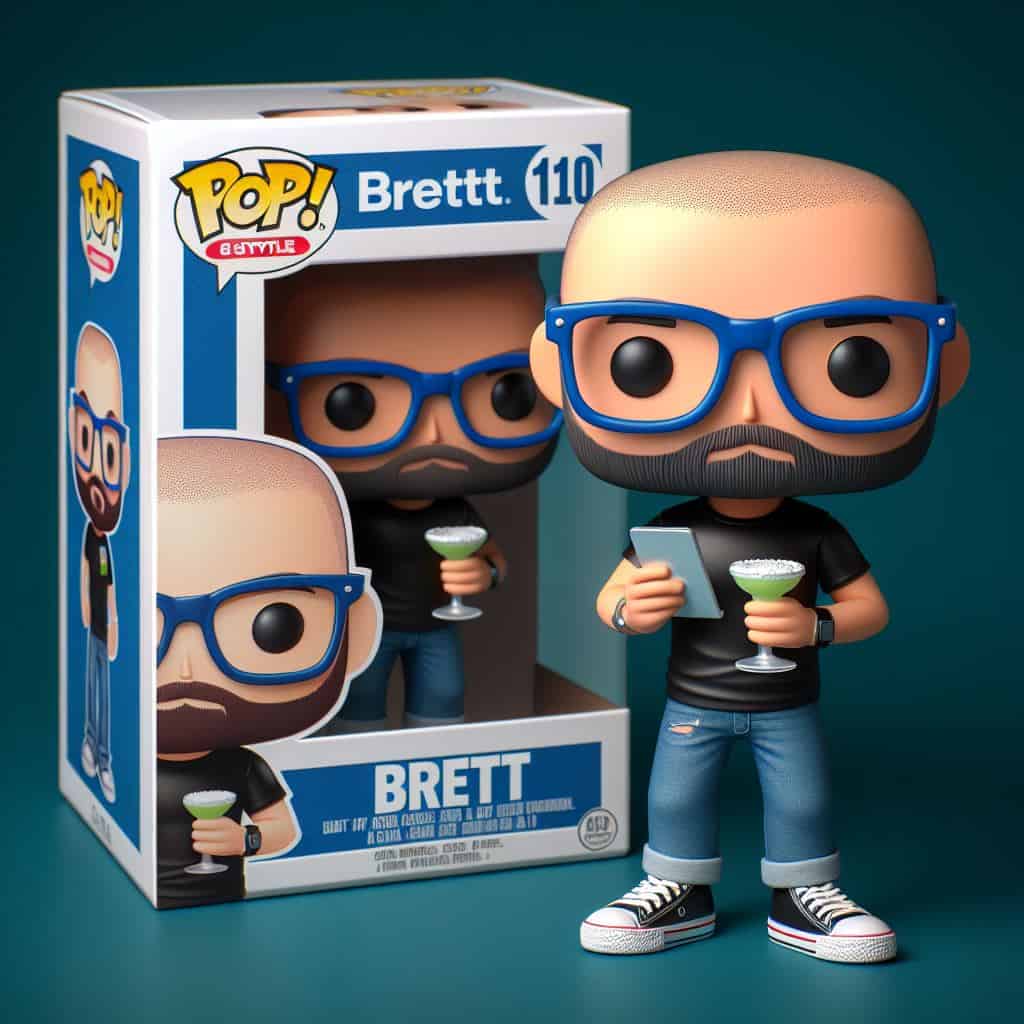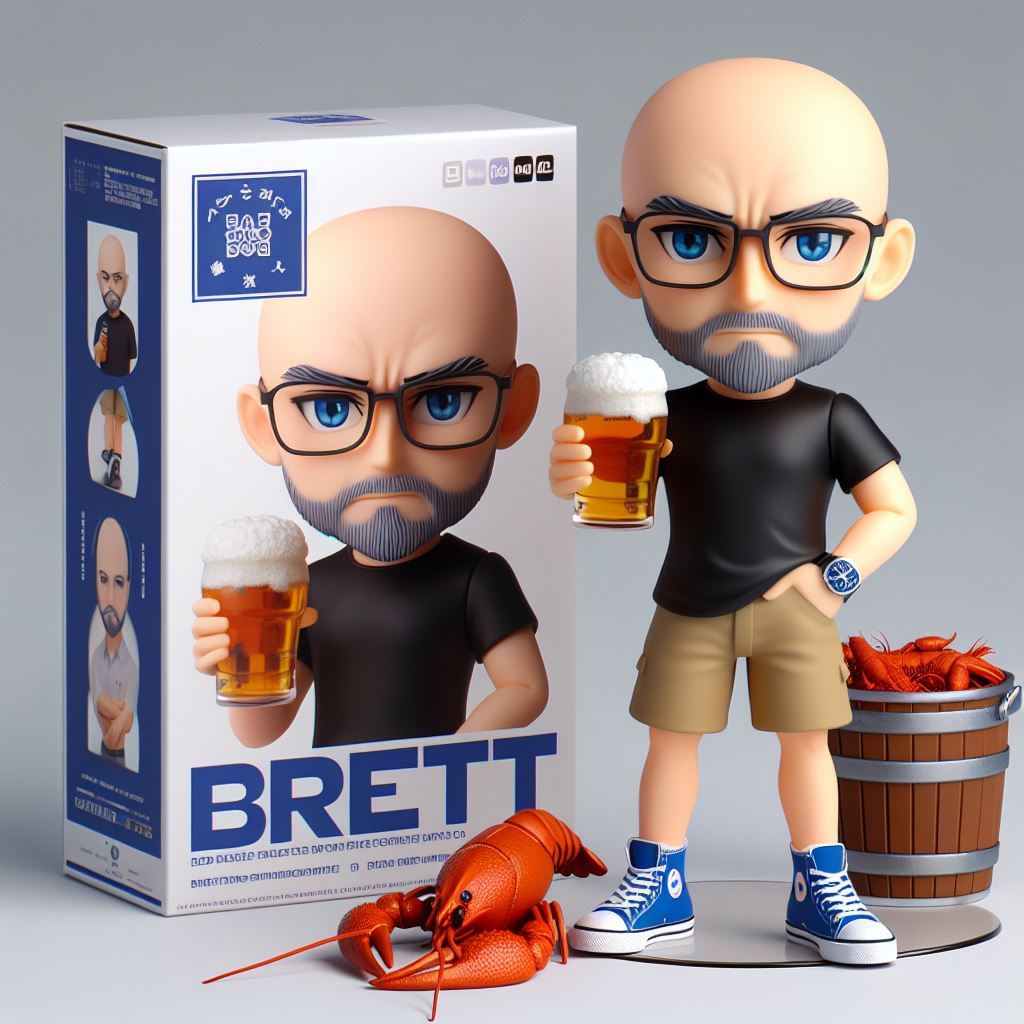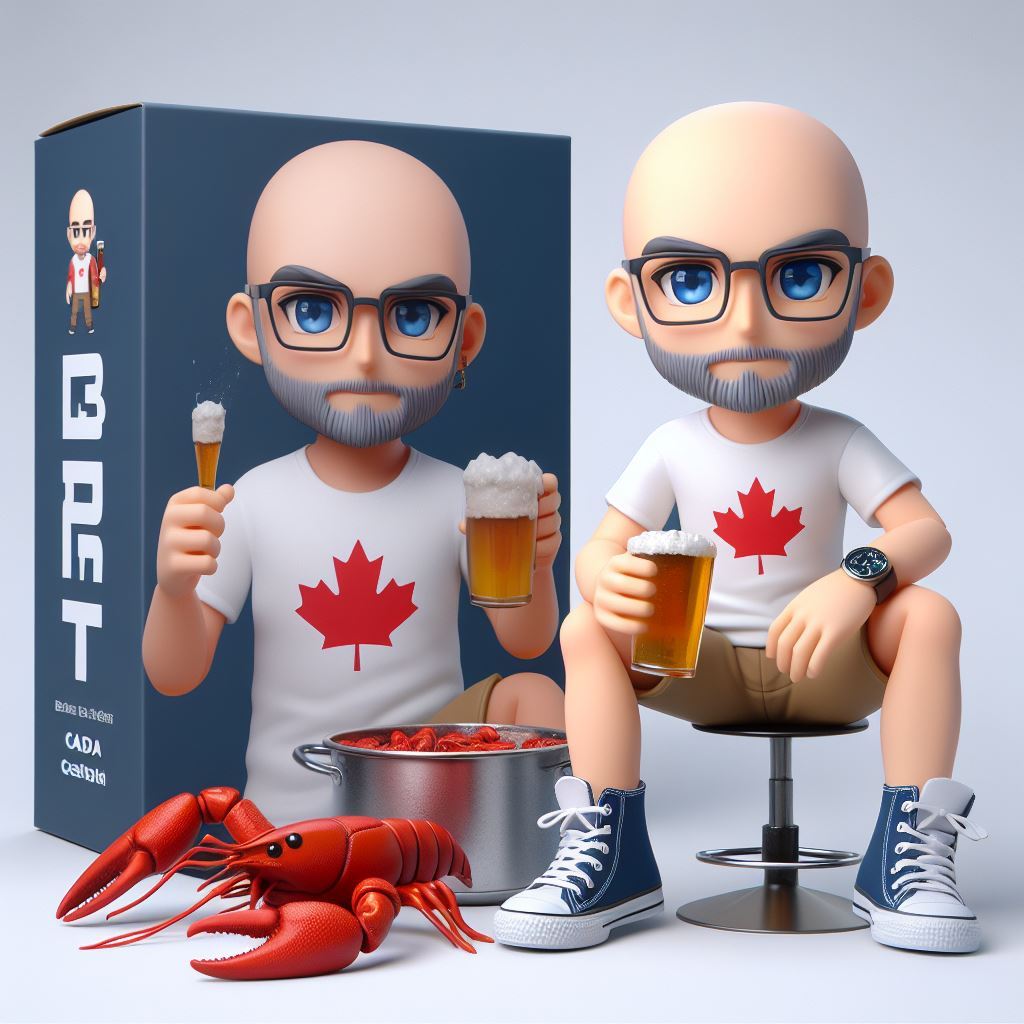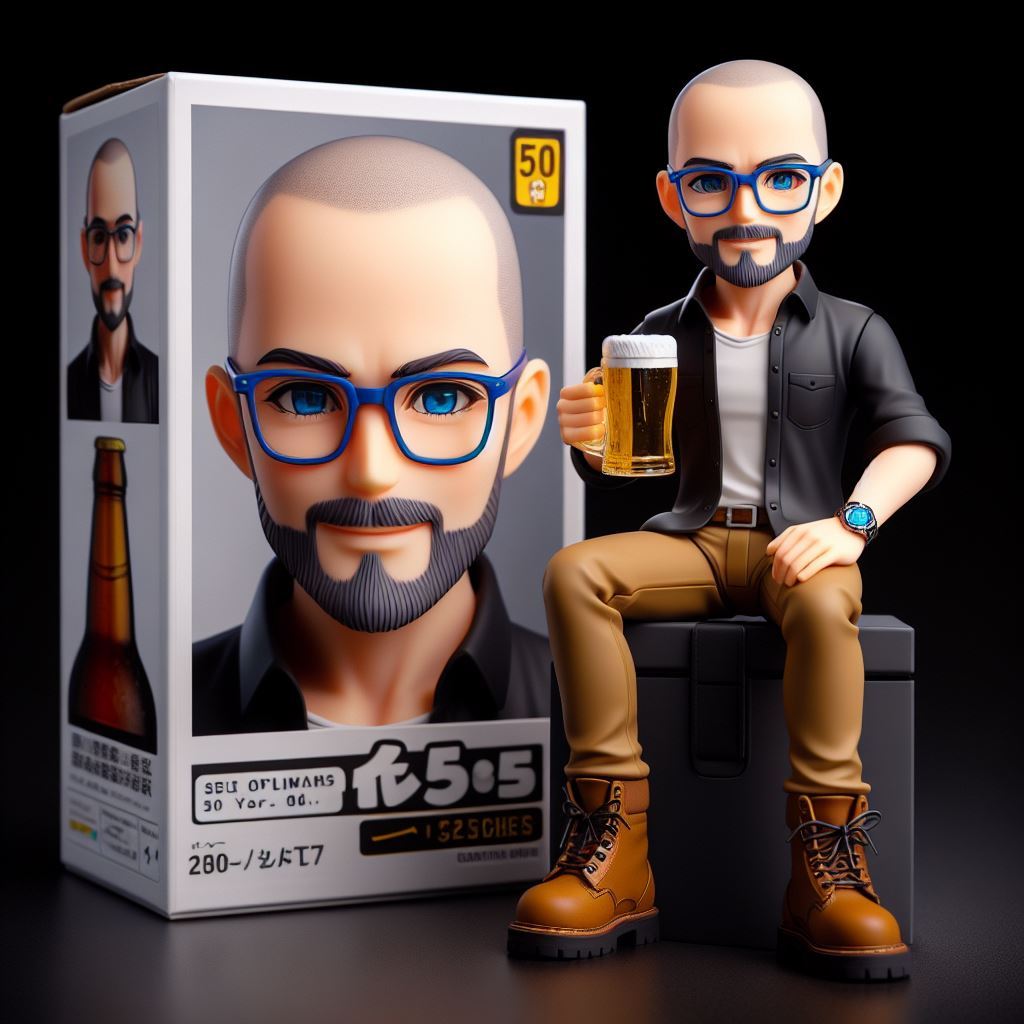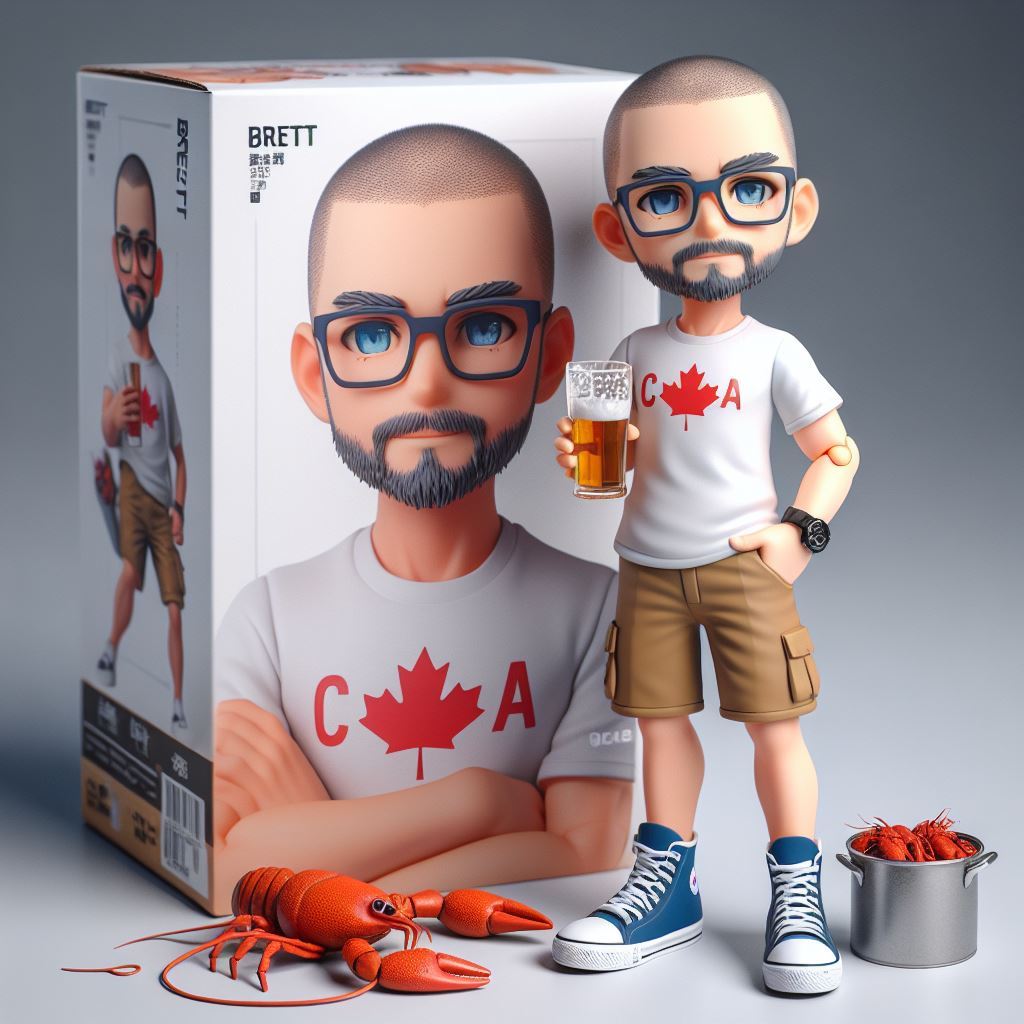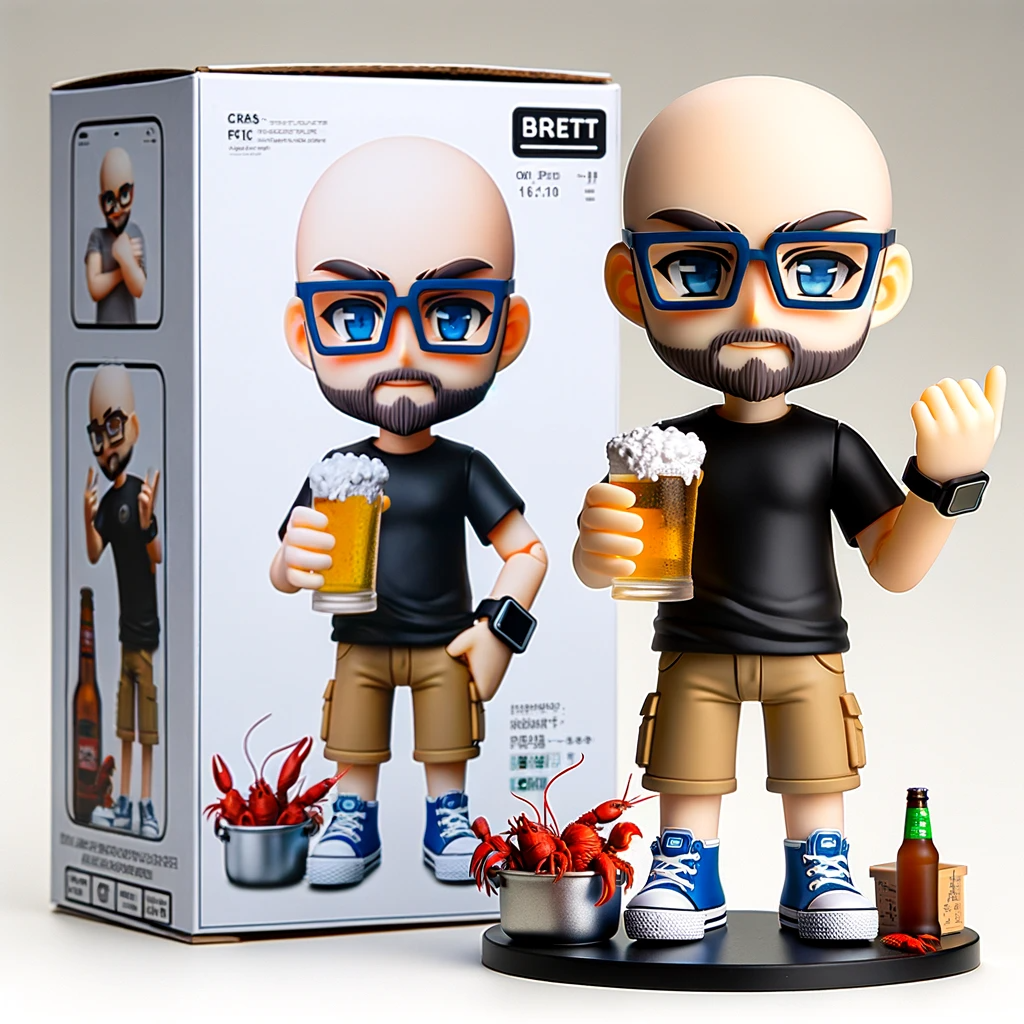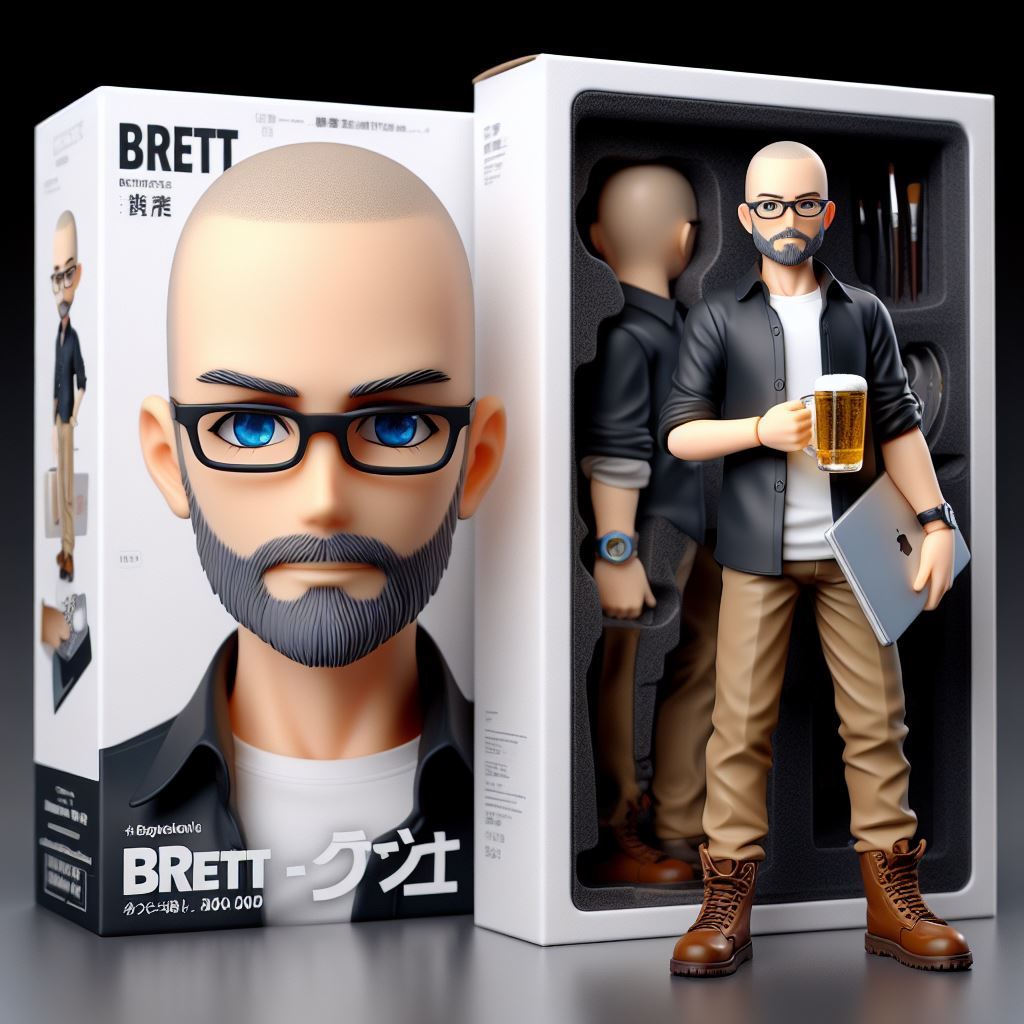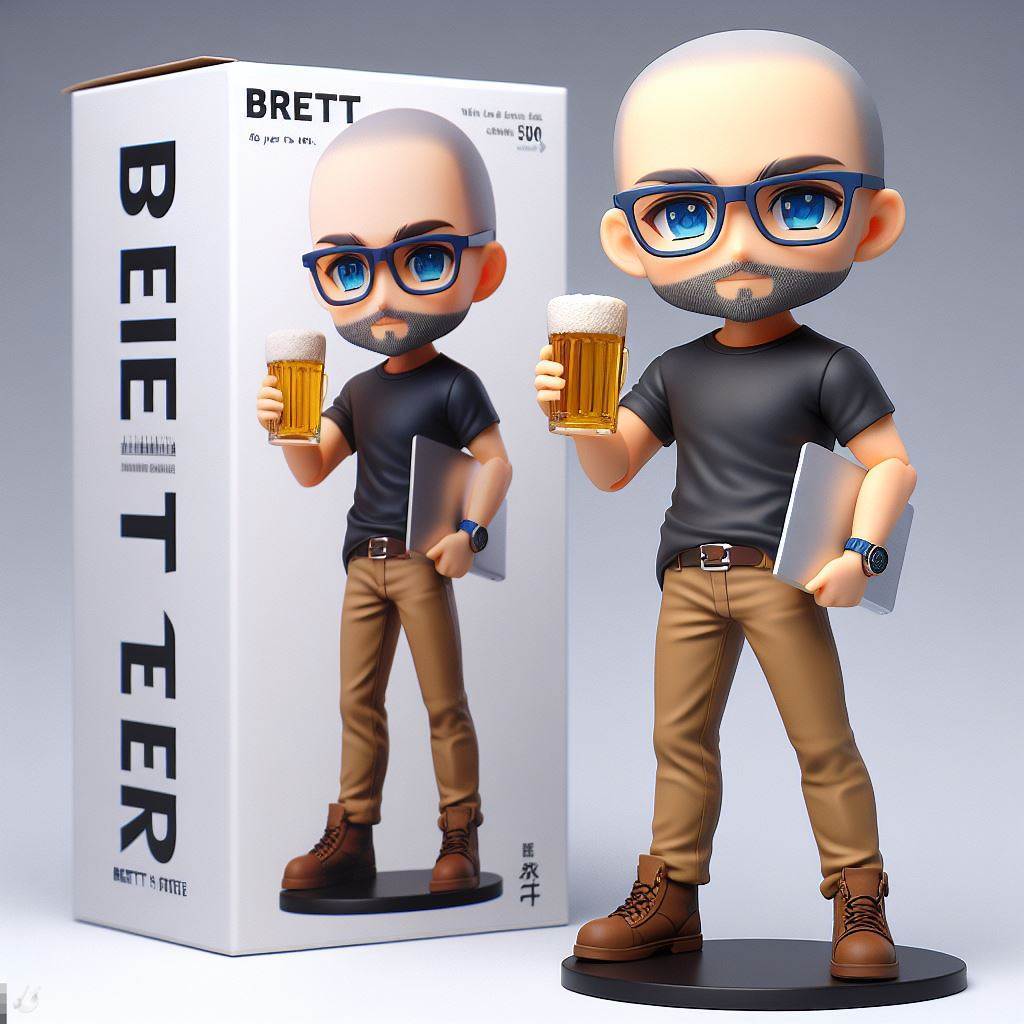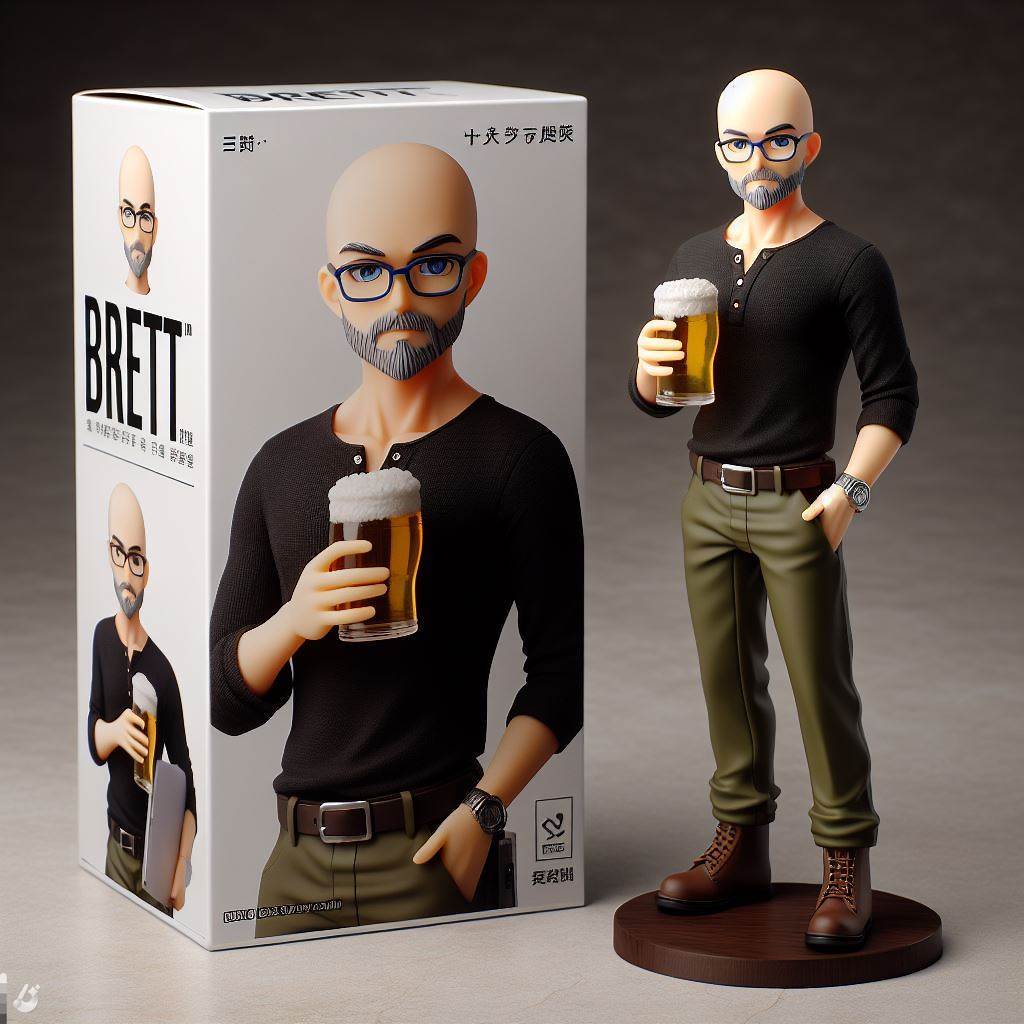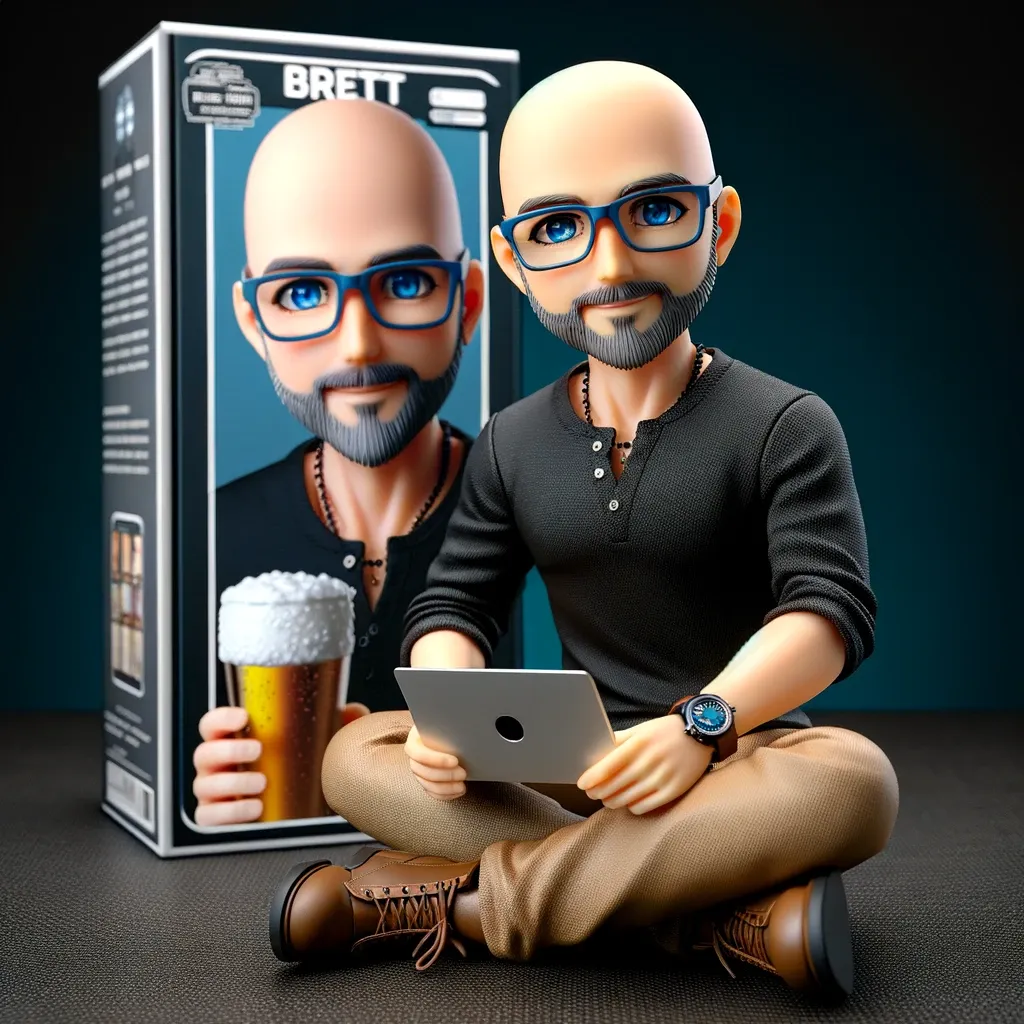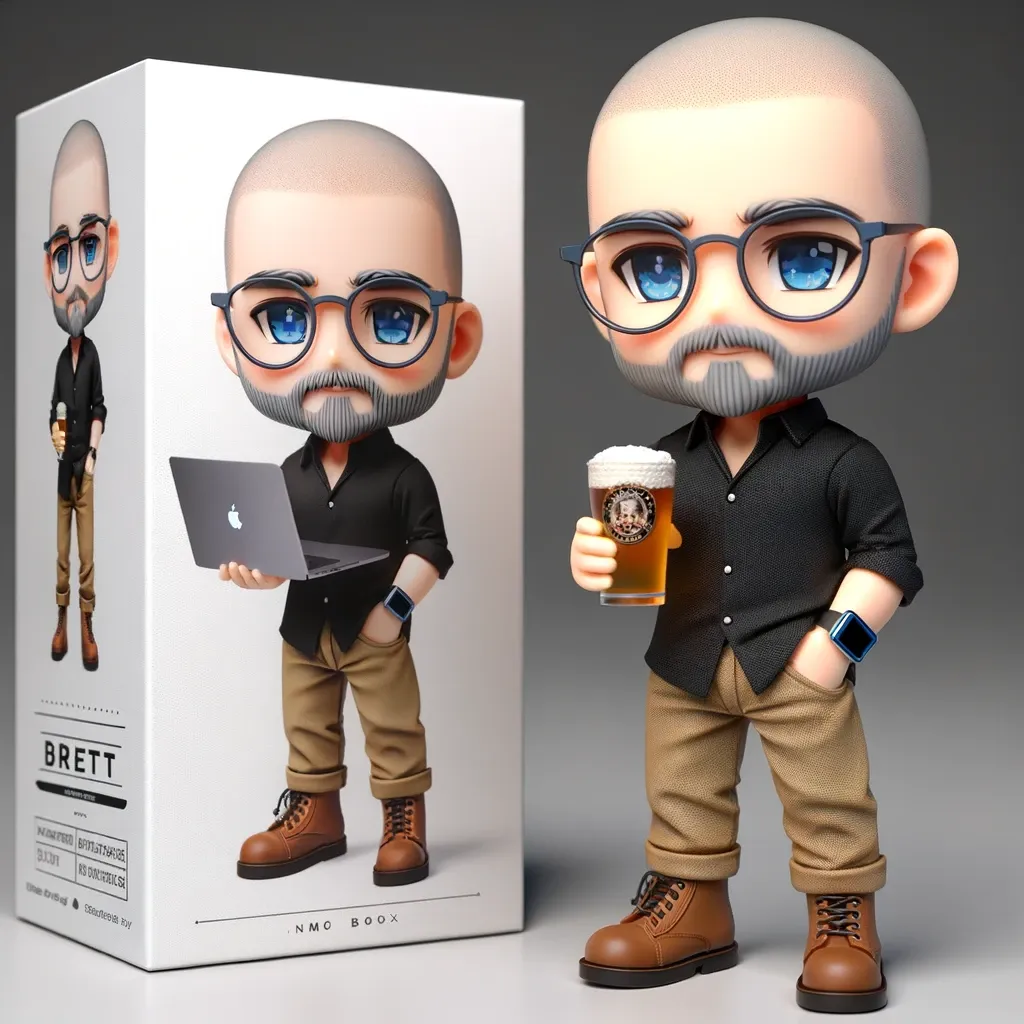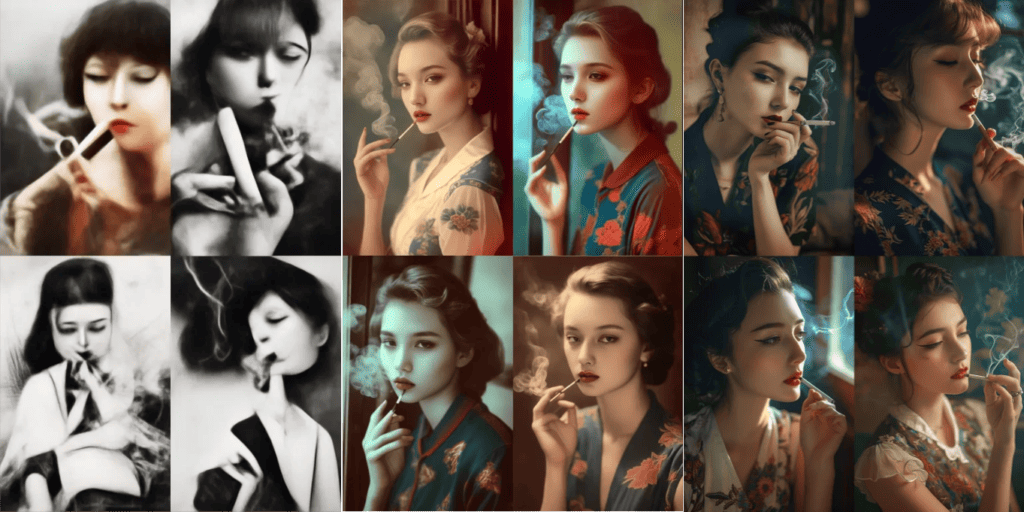One of the more practical and super easy to use AI tools I’ve seen is NotebookLM, where one can add documents, text, websites, and more to a notebook and then tell AI to do something with all of the content. I’ve found this incredibly handy for things like adding a link to a keg distributor and telling it “create a list of all beers categorized by style of beer and sorted by ABV” (don’t judge). This is ~30 minutes of work accomplished in less than a minute.
One of the features of NotebookLM is the ability to make a podcast out of the content. I did this for the first time and… holy crap, it’s amazeballs.
One of my more popular (and plagiarized) postings is Causes of Backpacking and Hiking Deaths, so I decided to try the “make a podcast” feature. I’m… blown away. First, I encourage you to read the original post, and then listen to the NotebookLM created podcast:
To be clear, I gave no other direction… I added the website and clicked the “make podcast” button.
So, the obvious thing would be “sure, Brett… it’s taking your content and summarizing”. But that’s the magic, it’s not! So much of the commentary comes across as observations that are not mentioned in the original post. For example, my post mentions that hiking is more dangerous than skydiving, but the podcast makes the observation it is because we feel more comfortable in that unsafe situation. AI also picks up that this is obviously a humorous take on the dangers.
The AI podcast also extrapolates what was in the blog post, where I mentioned the danger of temperatures (hot and cold), and the podcast adds the phenomenon “paradoxical undressing” (never mentioned in my post), and the fact that with heat stroke you may not feel thirsty.
In talking about health issues, my post mentions the problems, the podcast comes up with ways to prepare for this possible risk. And while I mention the danger of too much water (drowning), the podcast highlights the risk of flash floods and canyons. None of that was in my post.
Following the summary of my post, the AI podcast hosts go into a dialog about how to protect yourself from all of these dangers. These include space blankets, lightning avoidance, and proper water treatment. None of that was in my post.
I’ve heard a few other of these podcasts where people take a ton of content and make an easy to consume podcast from it, and I have consistently been impressed. But even if you don’t need a podcast. I encourage you to take a look at NotebookLM and see if it can help you eliminate some of the more mundane tasks in your life… summarizing long documents, reformatting data from a website, or identifying insights.
For example. I uploaded the Unabomber Manifesto (again, don’t judge) and asked, ” show examples of contradictions in this manifesto”. Some of the insights included:
- In the introduction, the manifesto states, “The Industrial Revolution and its consequences have been a disaster for the human race.” However, the author also acknowledges that the Industrial Revolution has increased the life expectancy of those in “advanced” countries.
- The author acknowledges that “primitive man is physically less secure than modern man,” but argues that modern man suffers from more insecurity because he lacks control over his environment. But, the author also argues that freedom, which the author defines as having “power…to control the circumstances of one’s own life,” will be increased if “the power of the INDUSTRIAL SYSTEM [is] broken.” It is unclear how the power of individuals can increase if the industrial system, which has given humans some power over nature, is destroyed.
And while these are not the deepest insights, they took less than 30 seconds of my time to surface from a relatively large document.
I highly recommend NotebookLM to everyone, especially anyone that doesn’t have much experience with AI. It’s really pretty simple to use and can make a lot of long, mundane tasks incredibly quick and simple.
Have you found a great use for NotebookLM or some other cool AI tool that is easy for anyone to start using? I’d like to hear about it, please leave a comment below!
